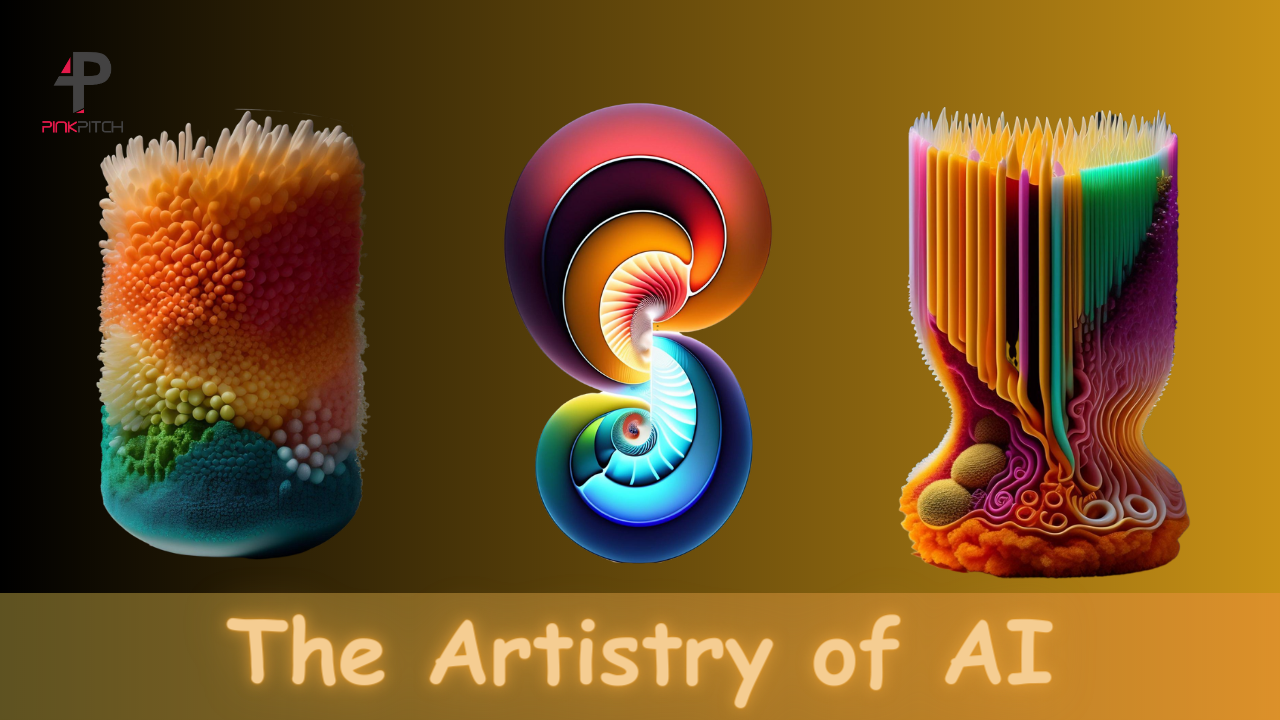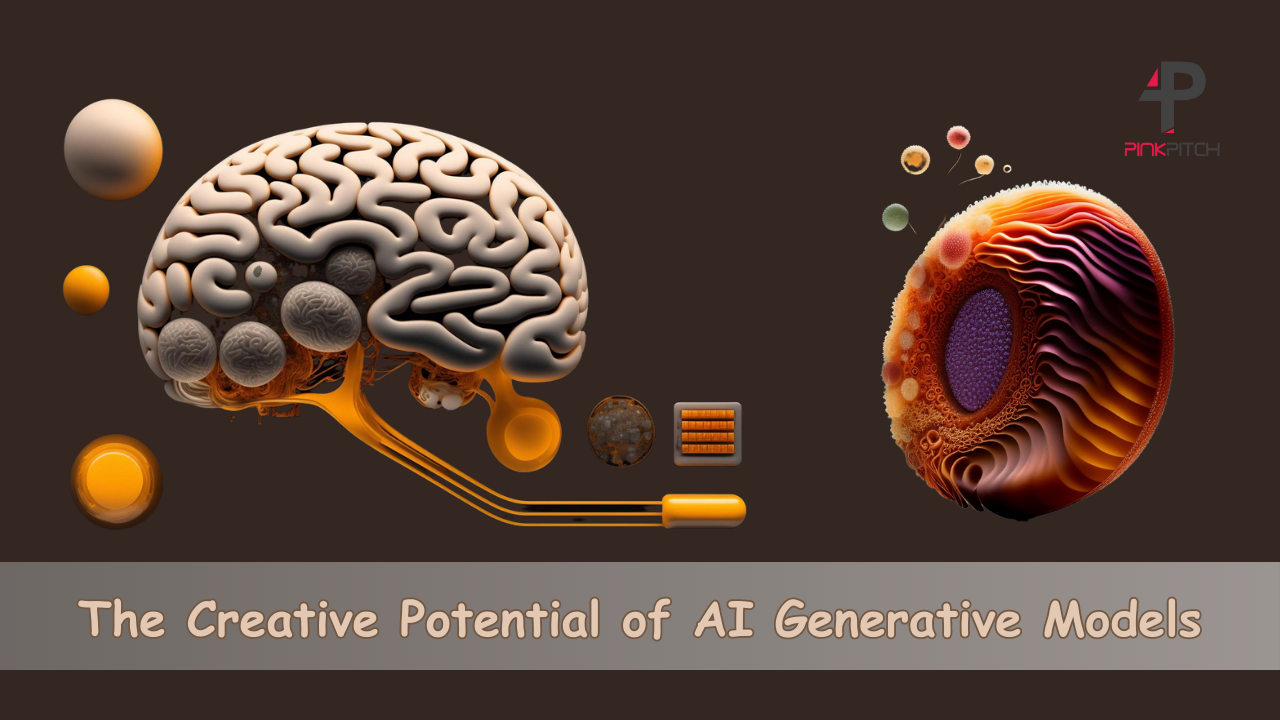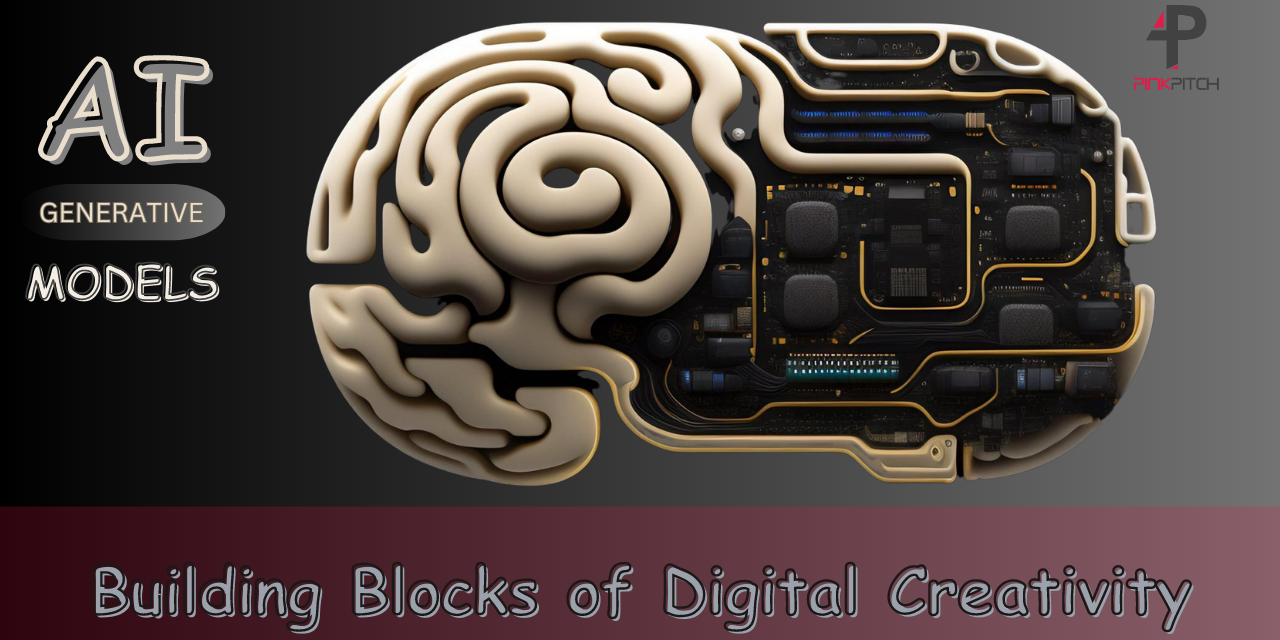Unleashing AI's Creative Mind: A Deep Dive into Generative Models
AI Generative refers to a category of artificial intelligence (AI) techniques that involve generating or creating new content, such as images, text, music, or even videos. These techniques are based on models that have been trained on vast amounts of data to learn patterns and generate new content that resembles the original data.
AI generative models have been applied to various domains, including image generation, text generation, music composition, and video synthesis. For example, generative models can be used to create realistic-looking images of objects, scenes, or even imaginary creatures. They can also generate human-like text or assist in creative writing tasks. In the field of music, AI generative models can compose melodies or even entire musical pieces. Video synthesis techniques can generate new video content, such as deep fake videos or realistic animations.
AI generative models have shown remarkable capabilities in producing content that resembles human-created data. However, it's important to note that they are trained on existing data and can sometimes produce content that is biased, inappropriate, or misleading. Ethical considerations and careful validation are essential when using AI generative models to ensure the generated content is reliable, fair, and respectful.
Let’s explore 20 different types of AI generative models, each with its own characteristics and applications:

Generative Adversarial Networks (GANs):
GANs consist of a generator and a discriminator network. The generator creates new content, while the discriminator evaluates the generated content. The two networks are trained together in a competitive manner, where the generator aims to generate content that fools the discriminator, and the discriminator aims to correctly distinguish between real and generated content.
Variational Autoencoders (VAEs):
VAEs are generative models that learn a latent representation of the input data. They consist of an encoder network that maps the input data to a latent space and a decoder network that reconstructs the original data from the latent representation. VAEs are useful for generating new content by sampling points from the latent space and decoding them into meaningful output.
Autoregressive Models:
Autoregressive models generate content sequentially, one element at a time, conditioned on the previously generated elements. Language models based on recurrent neural networks (RNNs) or transformers are examples of autoregressive models. These models are often used for text generation tasks, where the model predicts the next word or character based on the context.
Transformer Models:
Transformer models, such as the GPT (Generative Pre-trained Transformer) series, have revolutionized natural language processing and text generation. They use self-attention mechanisms to capture contextual relationships in the input data and generate coherent and contextually relevant text. Transformer models are highly versatile and have been applied to various generative tasks beyond text, such as image generation and music generation.
Deep Reinforcement Learning:
Deep reinforcement learning combines generative models with reinforcement learning techniques. The model generates content, and an agent interacts with the generated content to learn a policy that maximizes a reward signal. This approach has been used for tasks like game playing, where the agent learns to generate content that achieves specific goals or maximizes certain criteria.
PixelRNN and PixelCNN:
These models focus on generating images at the pixel level. PixelRNN generates images by modeling the conditional probability distribution of the pixel values given the previous pixels, typically using recurrent neural networks. PixelCNN, on the other hand, uses convolutional neural networks to model the conditional probability distribution.
Variational Autoencoder-GAN (VAE-GAN):
This model combines the benefits of VAEs and GANs. It uses the encoder-decoder structure of VAEs to learn a latent representation and generate content, while incorporating the adversarial training of GANs to improve the quality of the generated samples.
Adversarial Autoencoders (AAEs):
AAEs combine the concepts of autoencoders and GANs. They use an autoencoder-like structure, with an encoder and decoder, but also introduce an adversarial component where a discriminator network tries to distinguish between real and reconstructed samples. AAEs are used for unsupervised representation learning and generative modeling.
Flow-Based Models:
Flow-based models aim to directly model the probability distribution of the data. They use invertible transformations to map data from a simple distribution, such as a Gaussian, to the target distribution. Flow-based models are known for their exact log-likelihood evaluation, which allows for better understanding and control over the generated samples.
StyleGAN and StyleGAN2:
These models are extensions of GANs that focus on generating realistic and high-quality images with controllable attributes and styles. They introduce techniques such as adaptive instance normalization and style mixing to generate diverse and customizable images.

Conditional Generative Models:
These models generate content based on additional input or conditioning information. For example, conditional GANs take in both random noise and additional conditional information, such as class labels or text descriptions, to generate samples conditioned on specific attributes or characteristics.
DeepDream:
DeepDream is a visualization technique that uses deep neural networks to enhance and modify existing images. It creates hallucinatory and surreal images by amplifying and modifying patterns that the network recognizes in the input image.
Recurrent Neural Networks (RNNs) with LSTM/GRU:
RNNs, specifically with Long Short-Term Memory (LSTM) or Gated Recurrent Unit (GRU) architectures, are commonly used for sequential data generation tasks. These models are effective for generating sequences of text, music, or speech.
Deep Convolutional Generative Adversarial Networks (DCGANs):
DCGANs are a variant of GANs specifically designed for image generation. They use deep convolutional neural networks to generate high-quality images and have been successful in producing realistic synthetic images.
Wasserstein Generative Adversarial Networks (WGANs):
WGANs introduce a Wasserstein distance-based loss function to GANs, which helps stabilize training and improve the quality of generated samples. WGANs address some of the challenges of traditional GAN training, such as mode collapse and vanishing gradients.
Progressive Growing of GANs (PGGANs):
PGGANs are GANs that progressively grow the resolution of generated images during training. Starting with low-resolution images, the network gradually adds more layers to generate higher-resolution images. This approach helps in generating more detailed and realistic images.
Style Transfer Networks:
Style transfer models aim to transfer the artistic style of one image onto another while preserving the content. These models learn to separate the style and content representations of images and can generate visually appealing and unique stylized images.
Neural Architecture Search (NAS) for Generative Models:
NAS techniques use AI to automatically search and discover optimal neural network architectures for generative tasks. NAS has been applied to various generative domains, including image synthesis, music generation, and text generation, to find architectures that generate high-quality content efficiently.
Hierarchical Generative Models:
Hierarchical generative models capture the hierarchical structure of the data to generate content. Examples include Variational Hierarchical Autoencoders (VHAEs) and Deep Latent Gaussian Models (DLGMs). These models learn to generate data at different levels of abstraction, allowing for fine-grained control over the generated content.
Reinforcement Learning from Human Feedback (RLHF) for Generative Tasks:
RLHF combines generative models with human feedback to improve the quality of generated content. The models are trained to generate content, and humans provide feedback, which is then used to update the model and guide its generation process.
The field of generative AI is rich and diverse, with continuous advancements and new models being developed. Each model has its unique characteristics and applications, enabling a wide range of creative and generative possibilities.
Get your honor PPMCB ( PINK PITCH Mirror Community Badge ) SBT by minting any PINK PITCH entry on Mirror.
Also read:
-
How to launch NFT smart contract on HeyMint with no technical experience?
-
Unveiling the Impact of Artificial Intelligence on the Job Market
-
New to WEB3? Complete Guide to Launch Your Project/Brand on Blockchain.
-
How you can bargain or interact with sellers on OPENSEA - Introducing Relation One Chat Plugin
Subscribe us on:
